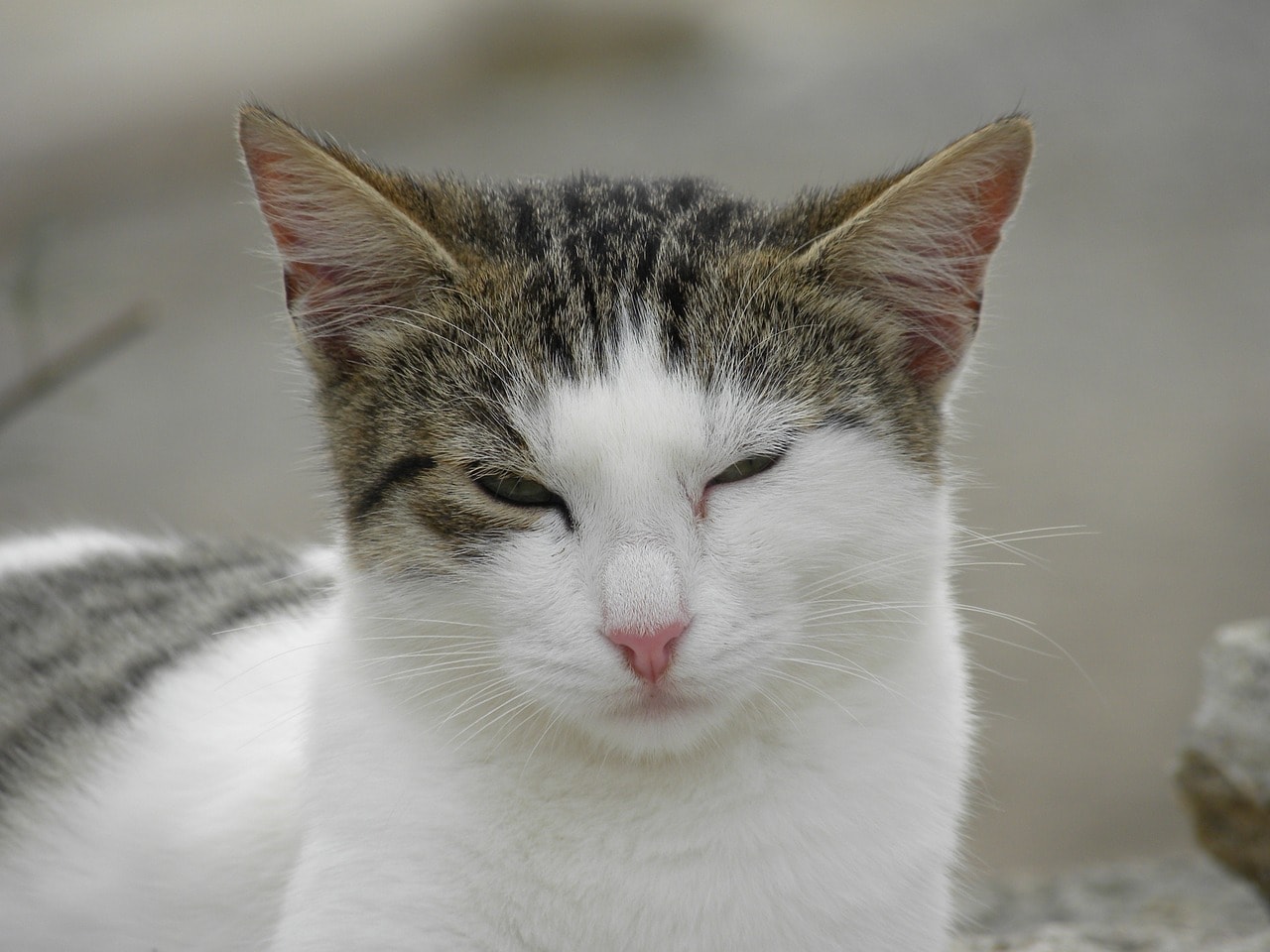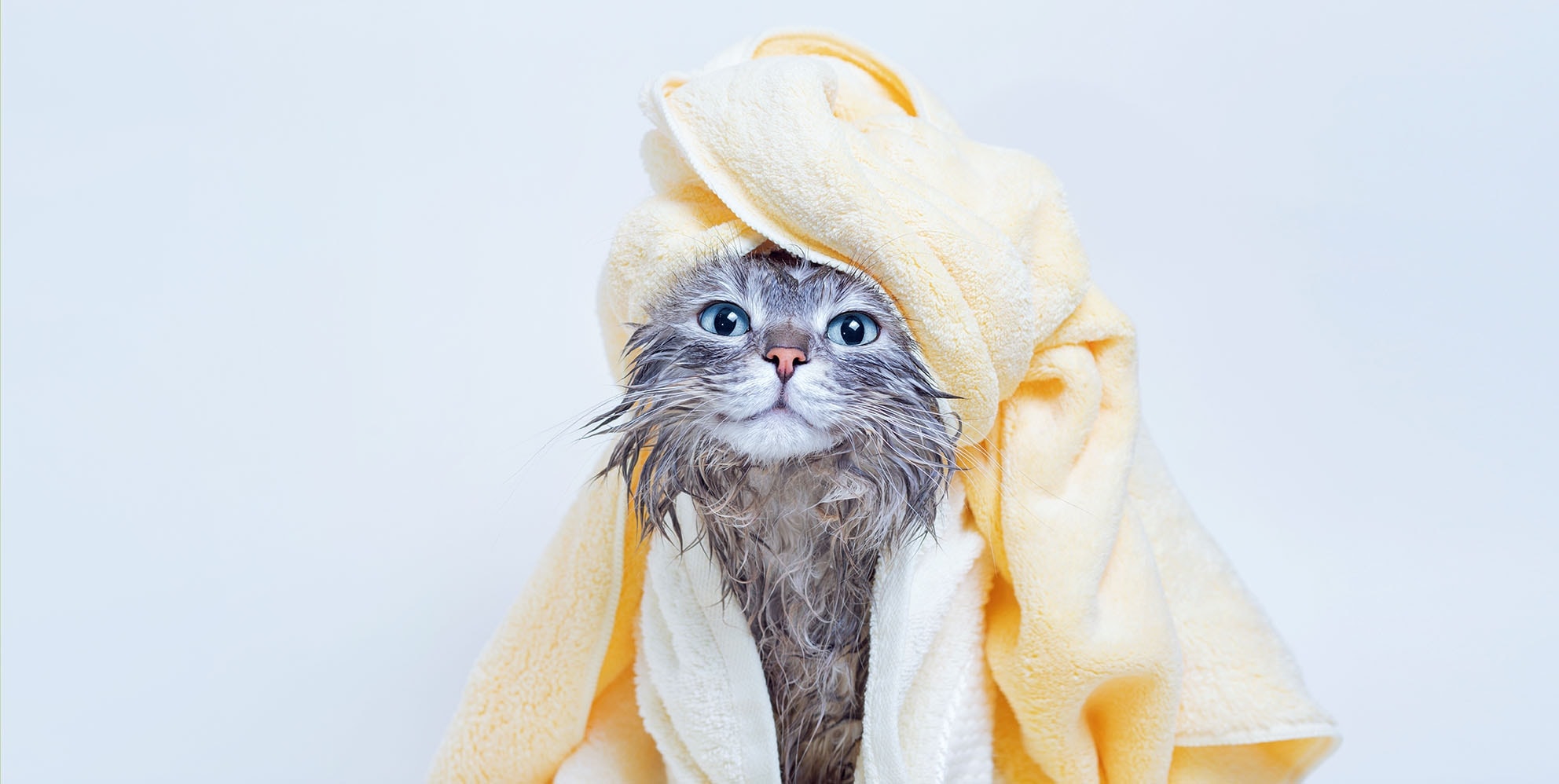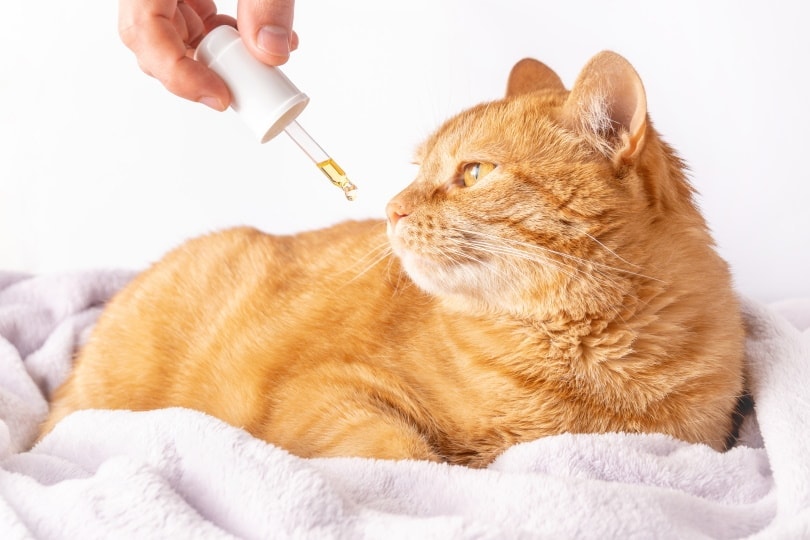How High Can Cats Jump? Amazing Feline Facts

Updated on
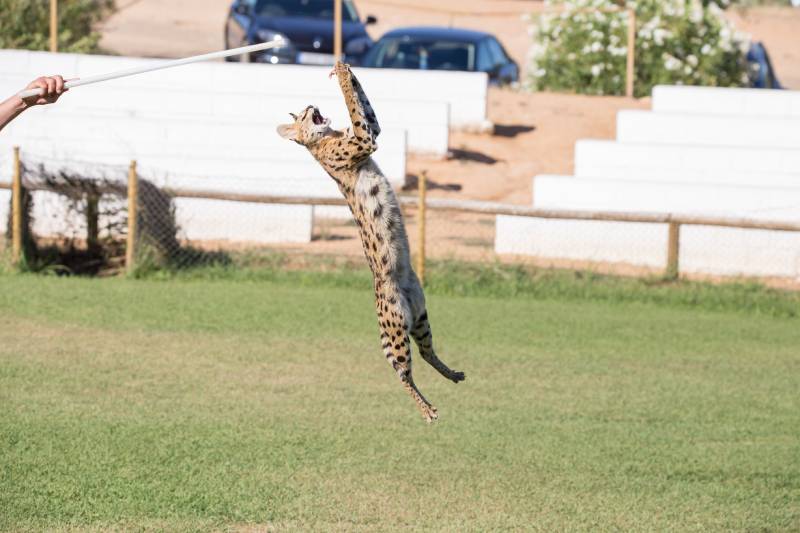
Felines are well known for their feats of athleticism. It can be hard to believe unless you’ve owned a cat, but their ability to get themselves into all sorts of mischief is remarkable. Part of their success lies in cats’ ability to jump between 6 and 8 feet high.
Being able to jump so high gives cats an edge over their prey and keeps them safe if they’re in danger. It can also get them into places that they really shouldn’t be — like that cupboard full of breakables that you accidentally left open!
How High Can Domestic Cats Jump?
On average, a healthy adult cat can reach places almost six times higher than them. They’ll pause, judge the distance, and propel themselves up. They hardly need to think about it!
But their great ability to jump can be a hassle, especially when you consider the places that your cat can get to. Countertops, the dining table, and even the top of the kitchen cabinets are all within reach for your agile feline.
Some can’t jump quite as well as others, though. Their health and age play a big part in the success of their jumping. Kittens and seniors cats in particular will both have more difficulty reaching some higher places.
Your senior kitty is more likely to suffer from arthritis, a degenerative joint disease that can affect their mobility. As for your tiny kitten, they’ll be at least 6 months old before they develop enough muscle strength to start tackling tougher leaps.
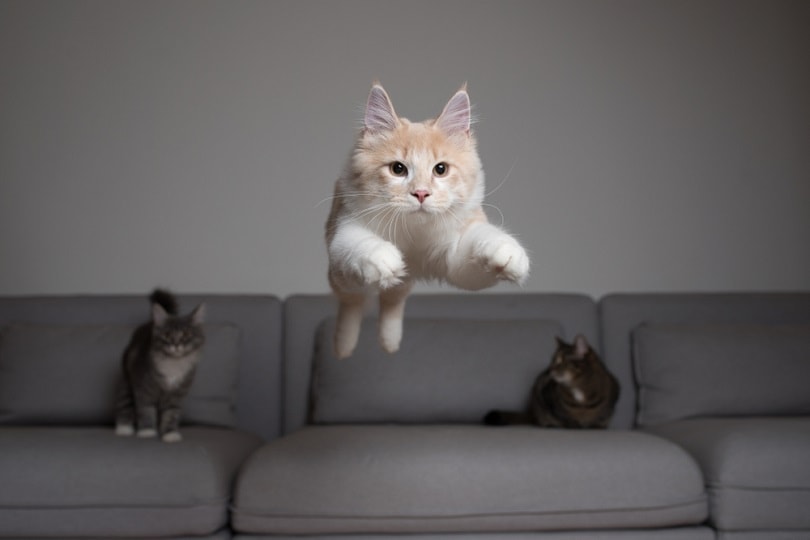
How Do Cats Jump So High?
Not only are cats flexible enough to squash themselves into all manner of strange places, but their bodies are also designed for short bursts of power. While your dog is built for strength and stamina, your cat relies on ambushing their prey with a fast pounce.
To support their hunting methods, their bodies are built for short sprints rather than long chases. If you’ve ever seen a cat dart for cover, you’ll notice that they choose a direction with the best chance of escape, whether that’s up a tree or over a fence.
Their jumping prowess comes from their spine and hind legs. Unlike human vertebrae that are connected with ligaments, your cat’s spine uses muscles for extra flexibility. This also enables them to better control the length of their stride while running.
How Far Can Cats Jump?
Our feline friends being able to jump so high raises another question: How far can they jump?
Vertical and horizontal jumps might be much different in practice, but our cats excel at both. How far your cat can jump depends on how healthy they are and their age. Healthy adults will be able to jump farther than kittens or seniors with arthritis.
Unlike vertical jumps, which can be more difficult to measure, there is a world record for a cat’s longest jump. It’s held by Waffle the Warrior Cat and was created in 2018. He jumped 7 feet!

How to Stop Your Cat From Jumping
Cats jump — it’s just part of their nature. It can be frustrating for us, especially when we’re trying to keep our kitchen counters clean and breakables in one piece. Cats will always enjoy sitting in high places, though. While they can climb, jumping enables them to reach places faster, stay out of danger, and survey their surroundings.
Stopping your cat from jumping is, in all honesty, impossible. They’ll just wait until you’re not around. You can, however, take steps to control where your cat jumps. If all else fails, you can lessen the amount of trouble or damage that they can cause.
- Cat-Proof Breakables: Cats will always find their way into places that they shouldn’t. Even when they know that they shouldn’t be there, their curiosity makes the temptation too great to ignore. A new smell or a glint of light could entice them to explore the shelves that they know they’re not supposed to climb on. Even the view from a window can be tempting enough. Cat-proofing your house doesn’t mean abandoning breakable decorations. You just have to make sure any items that will break if knocked off a shelf are placed elsewhere. Using glass display cabinets or ensuring that your cherished figurines aren’t balanced right on the edge of a shelf can help.
- Clear the Counters: Leaving food or unwashed dishes in the kitchen is inevitable. If you’ve had a long day, cleaning up is the last thing that you want to do. If you’re in the middle of preparing a meal and have to answer the door, it means leaving the kitchen unattended. Your cat might not be able to see onto the counter, but their sense of smell means they don’t have to. They’ll smell whatever food you’ve left, hop up to investigate, and sneak a few bites. Keep food shut away when the kitchen is unattended. It might not stop your cat from jumping up altogether, but it might lessen their interest in the countertop. It also reduces the risk of them eating food that is toxic to them.
- Invest in a Cat Tree: Cat trees might be big and cumbersome, but they also offer your cat a place to climb and jump to their heart’s content. Not only is a cat tree safer and more hygienic than the countertops in your kitchen, but they also have inbuilt condos and sleeping spots. If your stressed feline ever needs to escape from your excitable toddler or a rambunctious puppy, a comfortable napping spot out of reach is the perfect place for them.
Conclusion
Being able to jump almost six times their height makes cats excellent athletes. Unfortunately for your breakables, though, you’ll never be able to convince your cat not to jump onto things. Instead, try to direct their energy to safer places. Invest in a cat tree, or help them relieve energy by playing with toys. You can keep your countertops safe from feline paws and still keep your kitty active.
See also:
- How To Keep a Cat from Leaping Over a Gate: 9 Great Options
- 14 Strongest Cat Breeds in the World: Pictures, Facts & History
Featured Image Credit: Pablo Benii, Shutterstock

